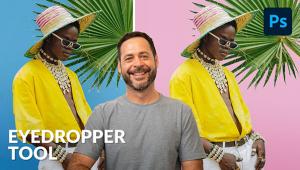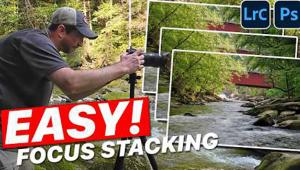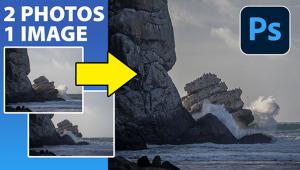At The Crossroads; Documenting Rural Voices
In many ways, Florida seems like a thoroughly modern state. New developments and towering skyscrapers dot the urban contemporary landscape. Tourism display racks contain dozens of the latest amusement and attraction brochures. Each year, millions of visitors descend upon Florida to experience the beaches, theme parks, major cities, and golf courses.
However, away from the tourists and crowds, tucked away in forgotten rural landscapes, are Floridians hanging on to vanishing lifestyles and livelihoods. They continue in ways of life that are disappearing. Each new generation redefines life from the one that came before, and their histories and words seem to evoke a sense of melancholy—like the opening lines of a Faulkner novel. Rather, they are woven into the fabric of new histories being recorded through words and photographs.
It’s possible to use oral history accounts and documentary photography to look at rural America and the individual whose background is rooted in the past. Many people may have forgotten the veiled history along the banks of meandering rivers and streams, but not rural folks who know every inlet and the secrets hidden in palmetto swamps. On front porches of Florida, people tell stories and explain how things used to be. It was “the good old days.”
Photographs combined with oral histories help the public learn more about these people, stories, and the events that made the rural community a significant part of our past. It also helps promote a better understanding between city and rural residents. While the oral histories provide the historical content, the photography not only increases the historical and archival elements, but adds emotional interest as well.
Without the oral accounts and documentary photography, the personal perspectives on the historical events may be lost. It is vital we document and record the history and importance of subjects and their relationship to the community before it’s too late and the opportunity is lost forever.
Combining still photographs with memories and recollections of people can result in a body of work both artistic and historic and celebrates the lives of people in one unique, compelling project. This is a powerful tool for bringing history alive.
Vera Miles And Floyd Prevatt, Brother & Sister |
|
 |
|
|
“The moonshine industry was always a big industry. That was the only way people survived during the Depression. There were people who were bootleggers all their lives. They made it right here in the swamps. They got moonshine here. Regular moonshine was 50 cents a pint. Sometimes they’d have a special for 75 cents a pint. You’d find in Uncle Bill’s Special roaches, ants, flies all in the same bottle. In some of these backwoods, country towns, you can still find bootleg liquor.”
Billy And Jody Ruth, Father & Son Crabbers |
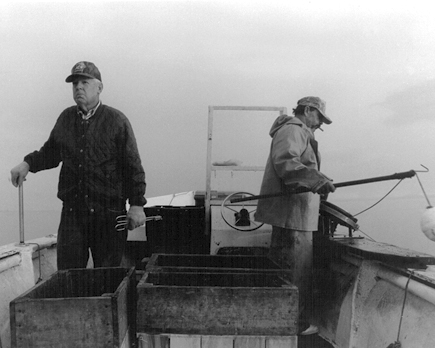 |
“I love the water. We’ve been doing this a long time and I like it. When the crabbing’s not so good, I go and do something else for a while, but I always come back when it gets good again. There are a lot of factors that go into good crabbing—some of it I just don’t understand. But, I’ve learned a lot over the years. Learned what works and what doesn’t. Years ago, I’ve seen so many traps put out in one place, there wasn’t even enough room to turn the boat around. So many people crabbing, there weren’t as many crabs to go around.”
Jimmy Boston, Commercial Fisherman & Former Monkey Fisherman |
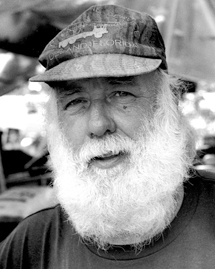 |
“We fished with trotlines, wire traps, and hoop nets. Everything has its own season. You can’t catch fish year round out of wire traps or hoop nets. Not real good, anyway. So, I got into monkey fishing to make a transition from season to season. That’s the illegal method of catching catfish by means of an electric current and a dip net. Monkey fishing took you over to hoop season. When I came on the scene, monkey fishing had seen its heyday, I believe. They used to have two people in a boat. One person would be in the bottom cranking away on an old telephone generator while the other fished. They had two wires, one ground and one hot was all they did. Those catfish would be stunned to the top and you just started dipping them up with your net.”
Margaret Reeves, Depression-Era Cooking |
 |
“After school, my brother would go down to Lake George. He’d have to walk. That’s nine miles. He’d go down there and help skin catfish. And, they would give him a few catfish from time to time and some bream. Give him all the bream fish that they’d catch in their nets. They finally stopped them from selling bream. But, they would give him the catfish heads. He’d get those big catfish heads and my momma would sit down and skin those heads and she’d make biggest pot of catfish stew you ever saw. My momma would get a meal out almost nothing. She’d get pair of pliers and get the skin started, and the skin would come off good. Get all that skin off and wash him good. Get the heads and kind of cut it up into pieces, add some salt, pepper, seasoning, a little flour, oil…get it hot, burn a little bit. Pour in some water and steam it down. It was good. Get a pot of potatoes, pan of cornbread. Chop up an onion, maybe put some flour in there to make a little gravy in there. Season it to your own taste. We’d use about two or three of those catfish heads. We never had fine food but what we had, we had a lot of.”
Dick Jones, Farmer & Rancher |
 |





































